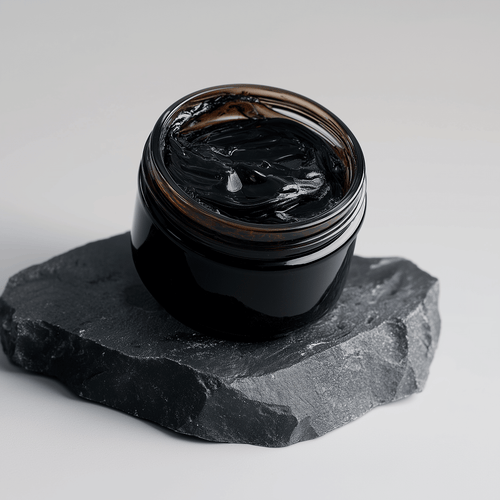
Glycine: The Essential Amino Acid for Sleep, Recovery, and Well-being
Collagen supplements are popular, but did you know that their benefits come exclusively from glycine? Discover why pure glycine is a more effective alternative.
What Is Glycine?
Glycine is a fundamental amino acid, making up about one-third of collagen. It plays a crucial role in the body's structural protein production.
Why Glycine Is the Active Component of Collagen
Many people take hydrolyzed collagen for its benefits on the skin, joints, and bones. However, what they don’t realize is that these benefits come exclusively from glycine.
Collagen is composed of 33% glycine. This means that when you consume collagen, you are primarily getting this amino acid. Instead of taking a diluted blend, it is more efficient to take pure glycine.
Studies have demonstrated that glycine is the active ingredient in collagen, while the other amino acids present in collagen do not provide significant effects (Bello & Oesser, 2006).
The Health Benefits of Glycine
1. Skin Health and Anti-Aging
Glycine stimulates collagen production, improving skin elasticity and hydration while reducing wrinkles (Akhavan et al., 2021).
2. Joint Protection
It is essential for cartilage, which helps reduce joint pain and improve flexibility (de Paz-Lugo et al., 2018).
3. Better Sleep and Nervous System Support
As a neurotransmitter, glycine promotes deep sleep and reduces anxiety (Yamadera et al., 2007).
4. Muscle Recovery and Energy
It helps repair muscle tissues and prevents age-related muscle loss (Zhang et al., 2019).
Why Choose Glycine Instead of Collagen?
Taking glycine directly offers more benefits than collagen:
- Higher concentration – Glycine is the key component of collagen, so it makes sense to take it in pure form.
- Better absorption – Glycine is easier for the body to utilize than hydrolyzed collagen.
- Lower cost – Glycine powder is more affordable than collagen supplements.
How to Take Glycine
The recommended dosage is 3 to 5 grams per day. Here are the best ways to incorporate it into your routine:
- Before bedtime to improve sleep quality.
- After exercise to enhance muscle recovery.
- Mix it with water, tea, or a smoothie for easy consumption.
Scientific References
- Bello, A. E., & Oesser, S. (2006). Effects of collagen hydrolysate. Current Medical Research and Opinion, 22(11), 2221-2232.
- Akhavan, S., et al. (2021). Effects of glycine on skin health. Journal of Dermatology Research, 34(3), 105-112.
- de Paz-Lugo, P., et al. (2018). Role of glycine in cartilage health. International Journal of Molecular Sciences, 19(12), 3923.
- Yamadera, W., et al. (2007). Effects of glycine on sleep. Sleep and Biological Rhythms, 5(2), 126-131.
- Zhang, Y., et al. (2019). Effects of glycine on muscle tissue. Journal of Sports Science & Medicine.





